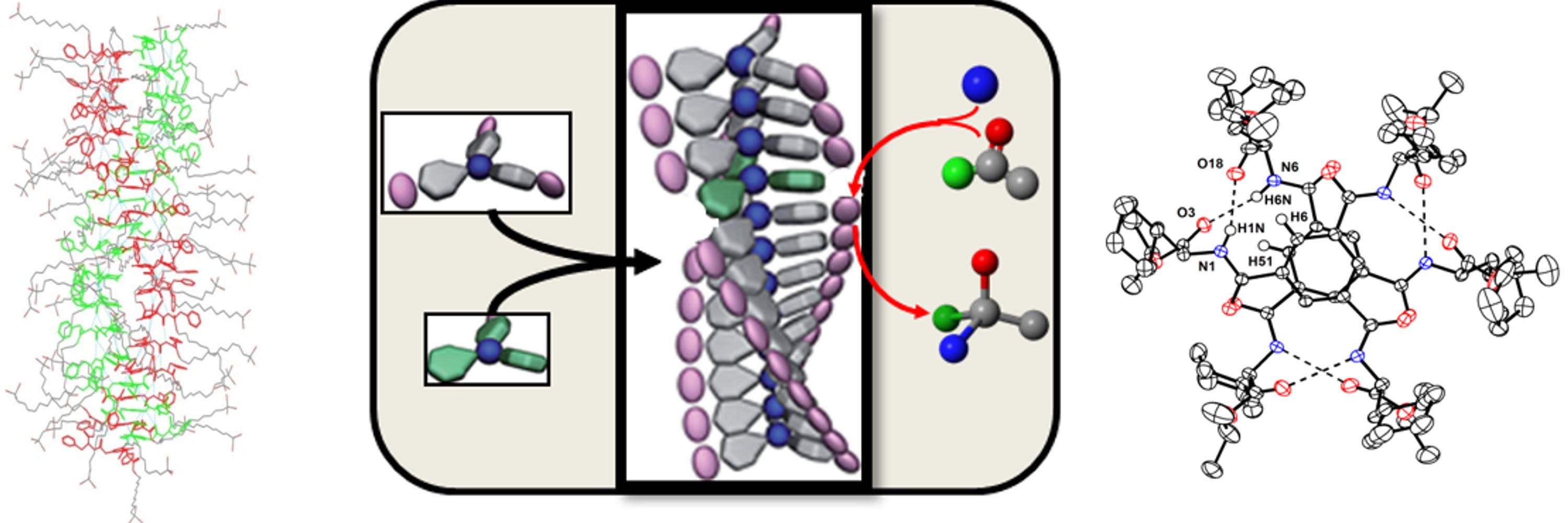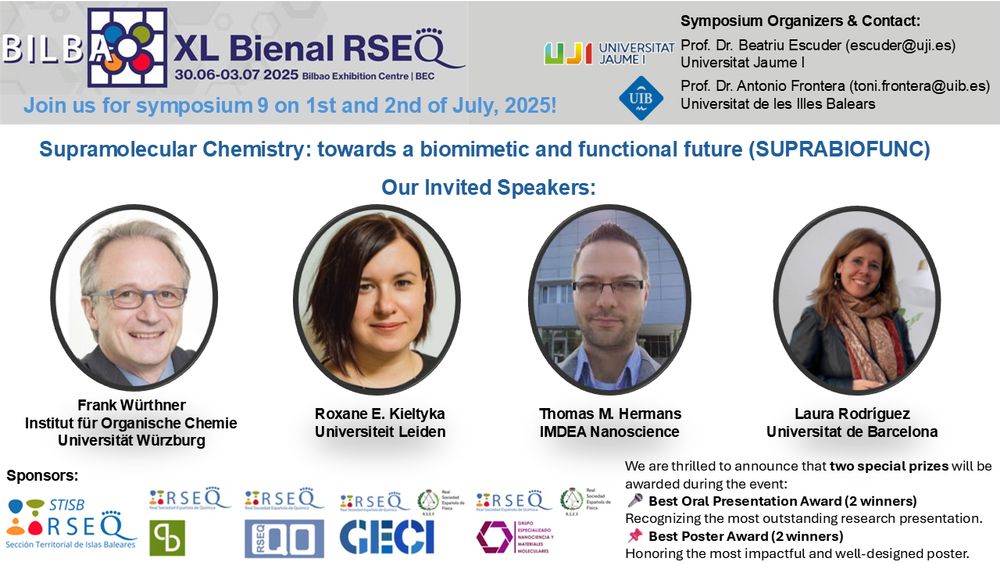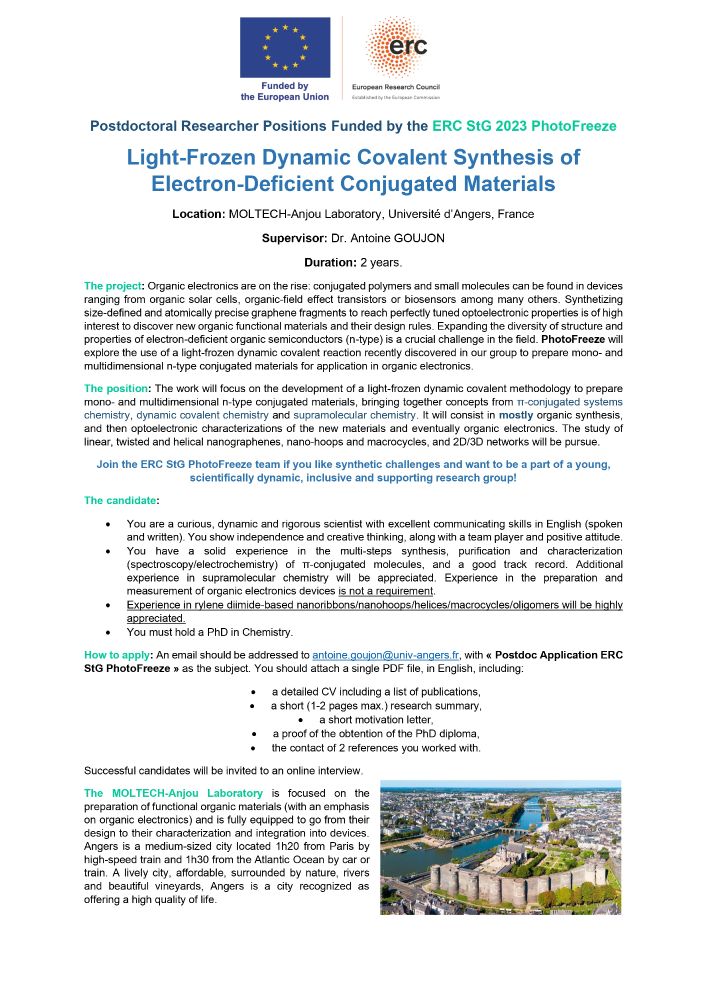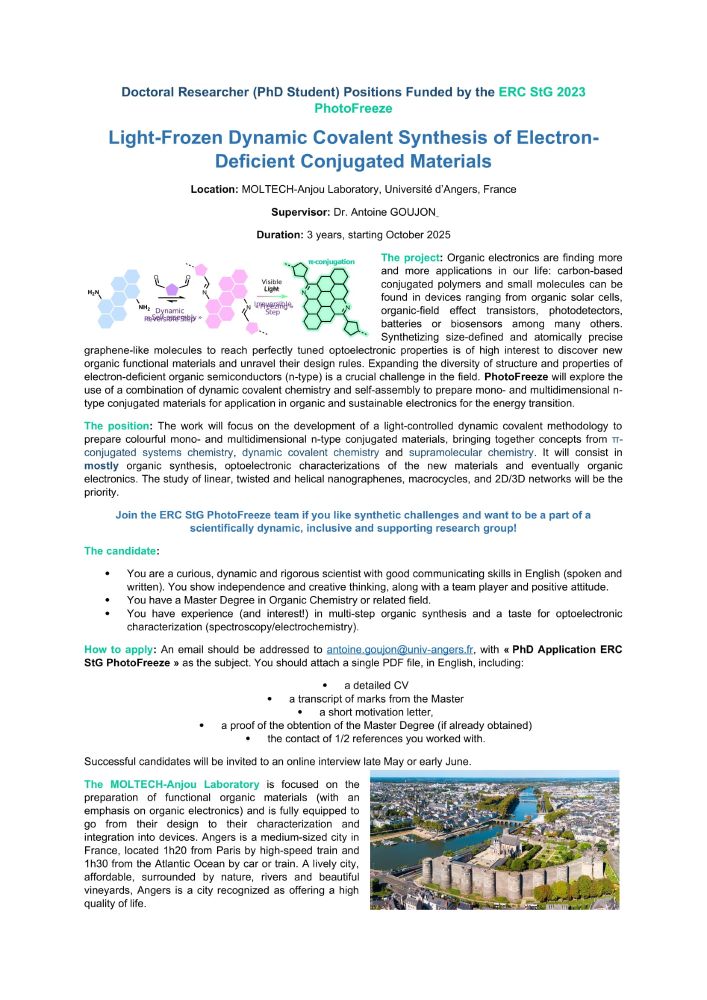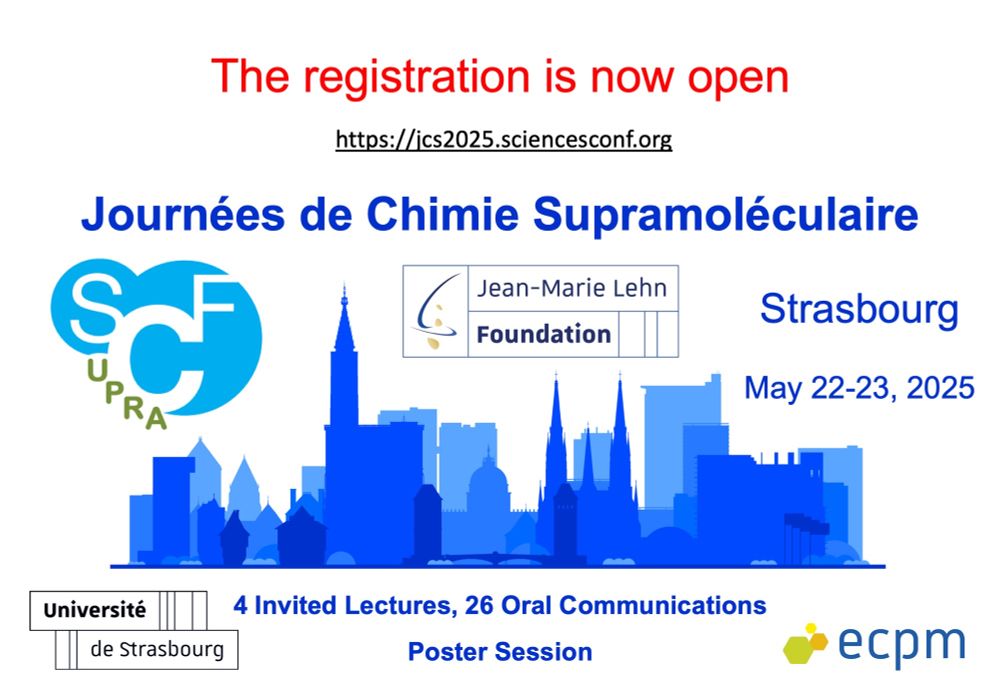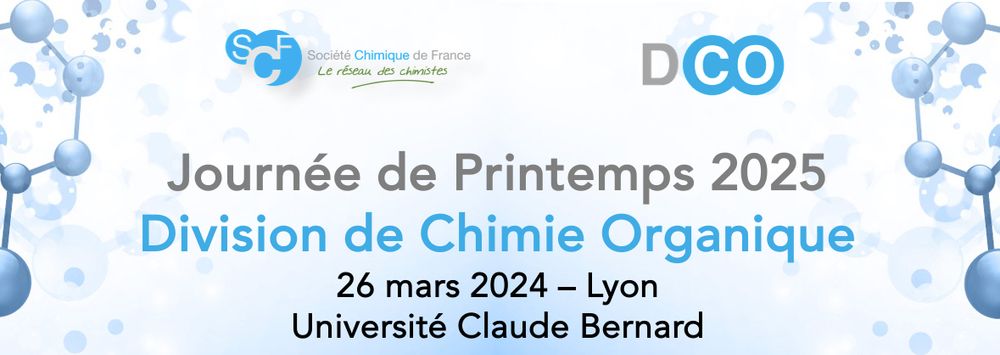Raynal CNRS
@raynal-cnrs.bsky.social
290 followers
370 following
5 posts
CNRS Researcher in Paris, France. Fascinated by how supramolecular chemistry can be used to tune catalytic performance. Supramolecular chemistry, polymers, chirality, asymmetric catalysis and chemistry in its whole!
Posts
Media
Videos
Starter Packs
Raynal CNRS
@raynal-cnrs.bsky.social
· Jul 10
Raynal CNRS
@raynal-cnrs.bsky.social
· Jul 10
Raynal CNRS
@raynal-cnrs.bsky.social
· Jul 10

The Ascent of Supramolecular Polymers and Gels in Asymmetric Catalysis
SPs and gels emerged as modular platforms for asymmetric catalysis. This review ranks literature reports according to the achiral or chiral nature of the monomers bearing the catalytic site. New para...
chemistry-europe.onlinelibrary.wiley.com
Reposted by Raynal CNRS
Reposted by Raynal CNRS
Reposted by Raynal CNRS
Reposted by Raynal CNRS
Reposted by Raynal CNRS
Raynal CNRS
@raynal-cnrs.bsky.social
· Jan 30
Raynal CNRS
@raynal-cnrs.bsky.social
· Jan 30
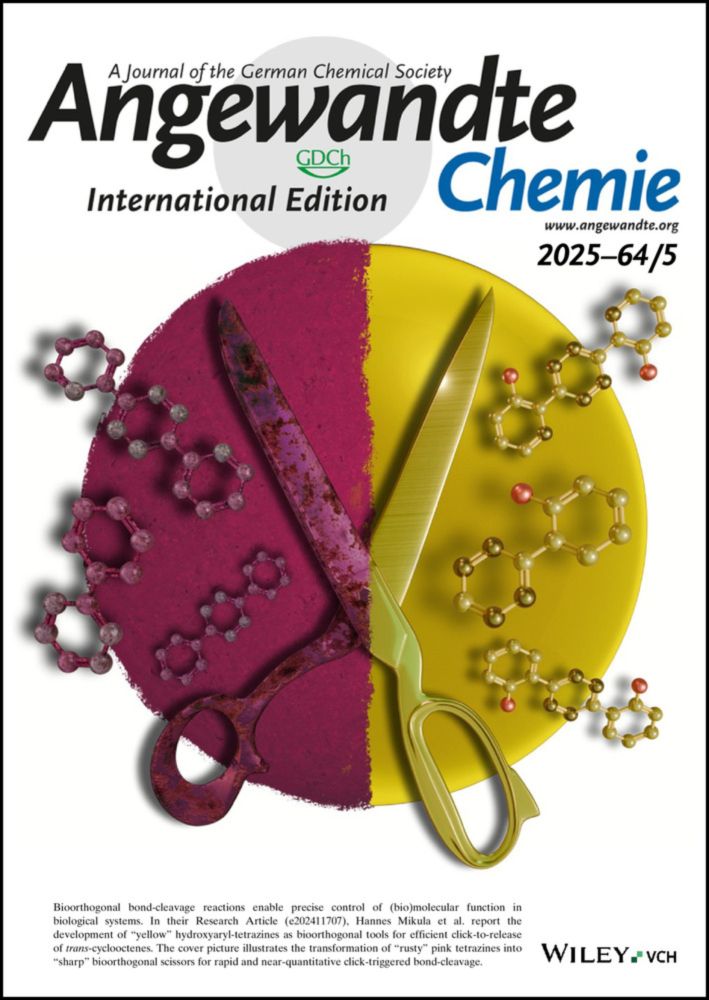
Ion Mobility Mass Spectrometry to Probe Sequences in Supramolecular Copolymers
The analysis of the microstructure of supramolecular copolymers is difficult because of their dynamic character. Here, benzene-1,3,5-tricarboxamide (BTA) co-assemblies are analysed by ion mobility - ...
doi.org
Reposted by Raynal CNRS
Guillaume Vives
@vivesgui.bsky.social
· Jan 29
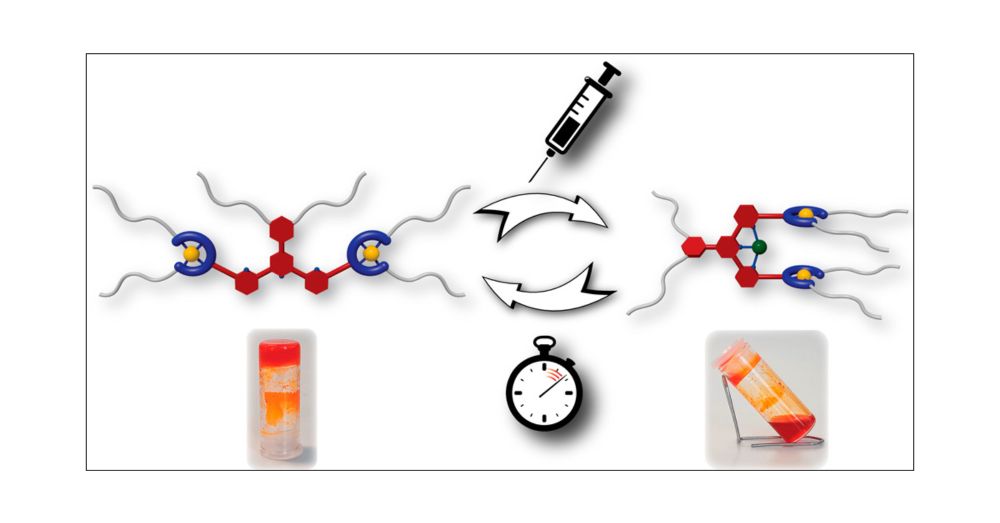
Sequential and Time-Controlled Sol–Gel Transitions by Mechanical Switching of Molecular Tweezers
Controlling the motion of molecular machines to influence higher-order structures is well-established in biological systems but remains a significant challenge for synthetic analogs. Herein, we aim to harness the mechanical switching of switchable molecular tweezers to modulate their self-assembly and produce stimuli-responsive organogels. We report a series of terpy(Pt-salphen)2 molecular tweezers functionalized with alkyl chains that act as low-molecular-weight gelators (LMWGs) in their open conformation. The resulting organogels were thoroughly characterized by SEM, cryo-TEM, SAXS, and rheology. The macroscopic transition from gel to solution was achieved by the cation-induced closing of the tweezers, which triggers their substantial structural reorganization. Reversible sol–gel transitions were achieved through the sequential addition of chemical stimuli or by a decomposable acid in a time-controlled operation. Such transient disassembly process regulated by a chemical fuel enables multiple gelation cycles with minimal waste while maintaining stable rheological properties. These results underscore the potential of switchable molecular tweezers in creating advanced stimuli-responsive materials.
pubs.acs.org
Reposted by Raynal CNRS
Reposted by Raynal CNRS
